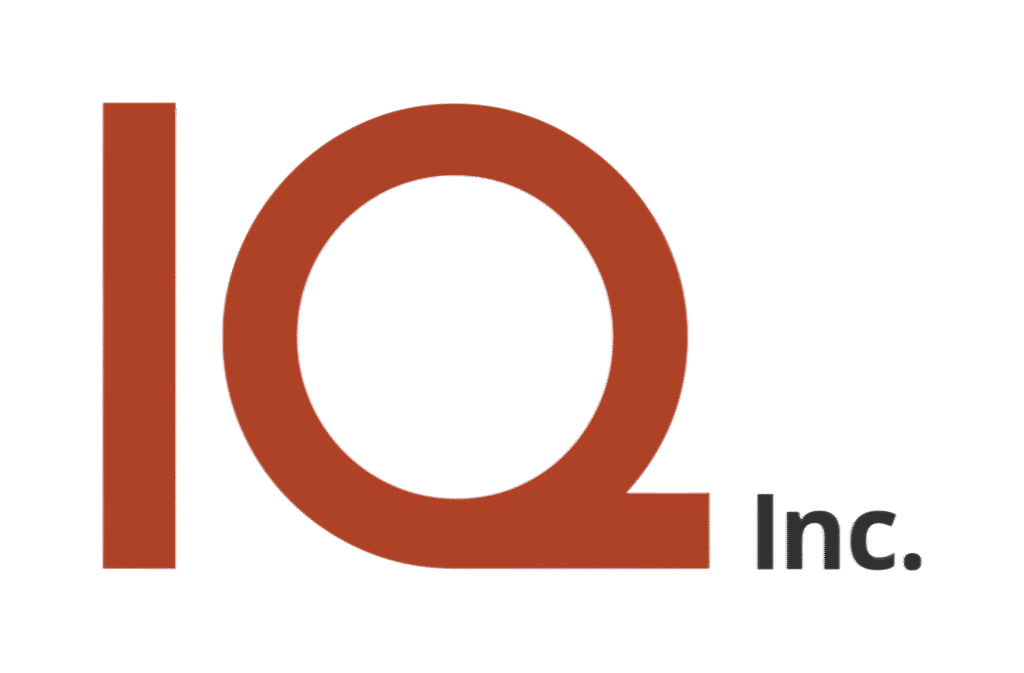Why Security and Compliance Must Lead the Way
In today’s digital landscape, delivering software quickly is no longer enough. Organizations are moving faster than ever to meet customer demands, but speed without security can open the door to costly breaches, reputational damage, and regulatory penalties. At the same time, compliance requirements, whether HIPAA, GDPR, SOC 2, or industry-specific standards, are becoming increasingly stringent.
This is why modern software development must balance agility with assurance. Security and compliance can’t be bolted on at the end of a project; they need to be woven into the entire lifecycle. Automated security testing makes this possible. By embedding checks from development all the way through deployment, teams can identify vulnerabilities early, enforce compliance continuously, and deliver software that is not only fast, but also safe and trustworthy.
Why Security & Compliance Can’t Be an Afterthought
For many years, security testing was treated as the final checkbox before release. Teams would complete development, run functional tests, and only then bring in security and compliance reviews. This “end-of-cycle” approach often uncovered critical vulnerabilities at the worst possible time, right before deployment, forcing teams into costly rework, delays, or risky trade-offs.
The stakes are even higher today. Businesses operate under increasingly complex compliance frameworks such as HIPAA for healthcare, GDPR for data privacy, SOC 2 for service organizations, and ISO 27001 for information security management. In regulated industries, missing a requirement doesn’t just mean patching code, it can mean fines, failed audits, and loss of client trust.
Relying on manual-only or last-minute checks leaves organizations exposed. Manual reviews are time-consuming, inconsistent, and prone to human error. By the time an issue is detected, the development team may have moved on, making remediation slower and more expensive. Worse yet, some vulnerabilities slip through entirely, leaving systems open to attack.
In a world where compliance is mandatory and breaches make headlines, waiting until the end to secure software is no longer a viable strategy. Security and compliance need to be built in from the very start.
Automating Security Tests
The most effective way to stay ahead of vulnerabilities is to make security testing continuous and automated. Instead of relying solely on manual reviews, teams can leverage a range of automated testing methods that catch issues at every stage of development.
- Static Application Security Testing (SAST): SAST tools analyze source code before it ever runs, scanning for insecure coding patterns, misconfigurations, and potential vulnerabilities. By flagging issues early, developers can fix problems long before they reach production.
- Dynamic Application Security Testing (DAST): While SAST looks at code in a static state, DAST evaluates a running application. These tools simulate real-world attacks, like SQL injection or cross-site scripting, to expose weaknesses that surface only during runtime.
- Dependency & Container Scanning: Modern applications rely heavily on third-party libraries and containerized environments. Automated scans check for known vulnerabilities in open-source packages and container images, reducing the risk of hidden exploits buried in external code.
- Infrastructure as Code (IaC) Scanning: As infrastructure is increasingly defined in code, IaC scanning ensures that cloud configurations, permissions, and network rules are secure from the outset. This helps teams prevent misconfigurations, the leading cause of many breaches, before they go live.
By combining these automated approaches, organizations can create a layered defense that continuously monitors risks, from the first line of code to the deployed environment.
Embedding Security in the Pipeline (The DevOps Approach)
Security works best when it’s not a separate phase, but an integral part of the development lifecycle. This is the core of DevOps, embedding security into the same CI/CD pipelines that deliver features and fixes. By automating security checks alongside functional tests, teams ensure that every build, every commit, and every deployment is evaluated for risks.
This approach embodies the idea of “shift-left” security: moving testing earlier in the lifecycle so vulnerabilities are caught during development, rather than after release. When issues are identified at the source, they’re faster and cheaper to fix, reducing rework and accelerating delivery.
Automated compliance checks also play a vital role. With policy-as-code tools, organizations can codify regulatory requirements, like encryption standards, access controls, or data residency rules, directly into the pipeline. This means compliance is verified continuously, not just during an annual audit or before a big release.
The tools to make this happen are already in use across the industry. Platforms such as GitHub Actions, Jenkins, GitLab CI, and Azure DevOps can all integrate with leading security scanners. From SAST and DAST to dependency and IaC scanning, these integrations make it possible to deliver code that is not only fast and functional, but also secure and compliant, by design.
Compliance Automation
Meeting compliance requirements has traditionally been a labor-intensive process. Teams often scramble to produce audit trails, verify access controls, or confirm encryption standards, only to discover gaps late in the process. Automated compliance testing changes that dynamic by validating these requirements continuously, as part of the development and deployment workflow.
For example, automated tools can:
- Check audit trails and access logs to ensure proper record-keeping is in place.
- Verify encryption policies are consistently applied across databases, APIs, and cloud storage.
- Enforce least-privilege access in infrastructure and cloud environments.
The benefits are significant. Automation reduces the manual effort required to prepare for audits, speeds up the compliance verification process, and minimizes the risk of human error. Just as important, it strengthens client confidence, because organizations can demonstrate compliance at any time, not just during scheduled reviews.
At IQ Inc., we’ve seen this approach streamline complex projects in regulated industries. In one case, a client needed to maintain HIPAA-level controls across a distributed cloud environment. By embedding automated compliance checks into their CI/CD pipeline, they reduced audit preparation time from weeks to days, while ensuring every deployment met strict security and privacy standards.
Compliance automation isn’t just about passing audits; it’s about building trust and maintaining a culture of security by default.
Benefits & Business Value
Automating security and compliance testing is more than a technical upgrade, it’s a business advantage. When security is embedded into the development lifecycle, organizations can move faster and with greater confidence. Features are delivered to market more quickly because vulnerabilities are caught early, before they slow down releases.
The cost savings are also substantial. Fixing a security flaw during development is far less expensive than remediating it after a release, or worse, after a breach. Automation minimizes the risk of late-stage surprises, keeping projects on track and budgets under control.
From a compliance perspective, continuous validation makes audits smoother and far less disruptive. Instead of scrambling to assemble evidence, teams can demonstrate compliance at any moment. This builds trust with clients and stakeholders, showing that security and accountability are ingrained in the organization’s culture.
Equally important, automation fosters stronger alignment between development, QA, and security teams. By working from the same automated checks and standards, silos are broken down, collaboration improves, and everyone shares responsibility for delivering secure, compliant software.
In the end, automated security and compliance testing isn’t just about protecting systems, it’s about enabling innovation, accelerating delivery, and earning the confidence of the people who depend on your technology.
Connect with us at https://iq-inc.com/contact/ or info@iq-inc.com to start the conversation.
#DevOps #AutomatedTesting #CyberSecurity #Compliance #SoftwareQuality #TestAutomation #ContinuousTesting #CI/CD #ShiftLeft #SoftwareDevelopment #QualityEngineering #DigitalTransformation #CloudSecurity

